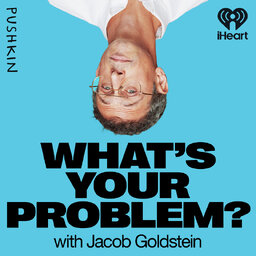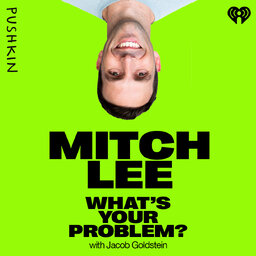Predicting Human Health with AI
Charles Fisher is the co-founder and CEO of Unlearn AI. Charles’ problem is this: How do you build an AI model that can predict human health?
Charles and his colleagues have built a predictive model of health that is already being used in clinical trials, and might one day be deployed to predict individuals’ health outcomes.
 What's Your Problem?
What's Your Problem?


